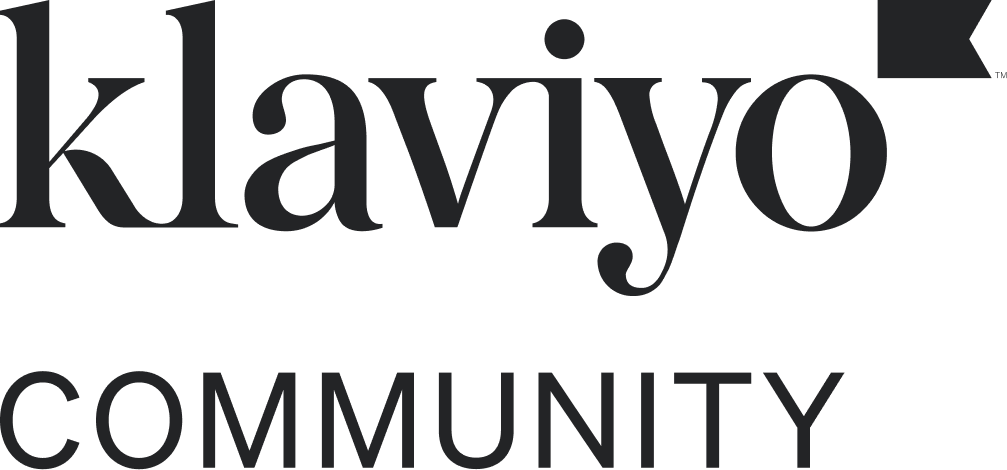Hello,
I’m running an email funnel by campaign custom report, and I want to make sure I understand the data correctly. When I see a metric for checkout started rate and I’m comparing it to placed order rate, are all checkout started events considered part of the checkout started rate, or are they only counting uncompleted started checkouts that did not go onto place an order?
To simplify with whole numbers, if I see 4 people started checkout after viewing an email campaign, and 4 people placed an order for the same campaign, does that mean 100% of people who started checkout went on to complete the checkout? Or does it mean that 8 people started checking out, and only 4 people finished checking out, giving me a dropout rate of 50%?
Thanks for any clarification on this!




![[Academy] SMS Strategy Certificate Forum|alt.badge.img](https://uploads-us-west-2.insided.com/klaviyo-en/attachment/2f867798-26d9-45fd-ada7-3e4271dcb460_thumb.png)
